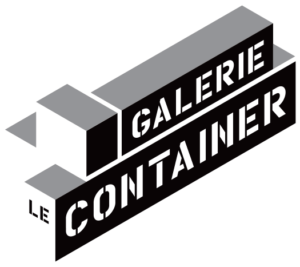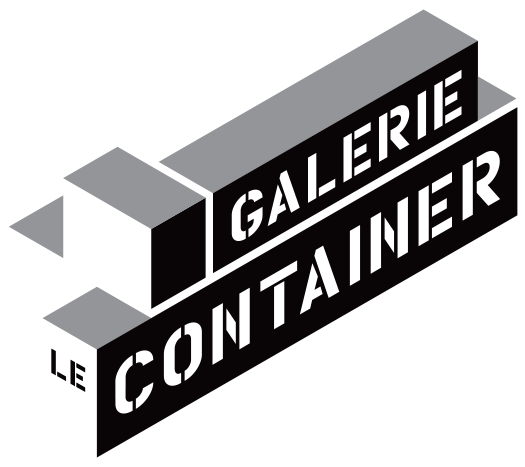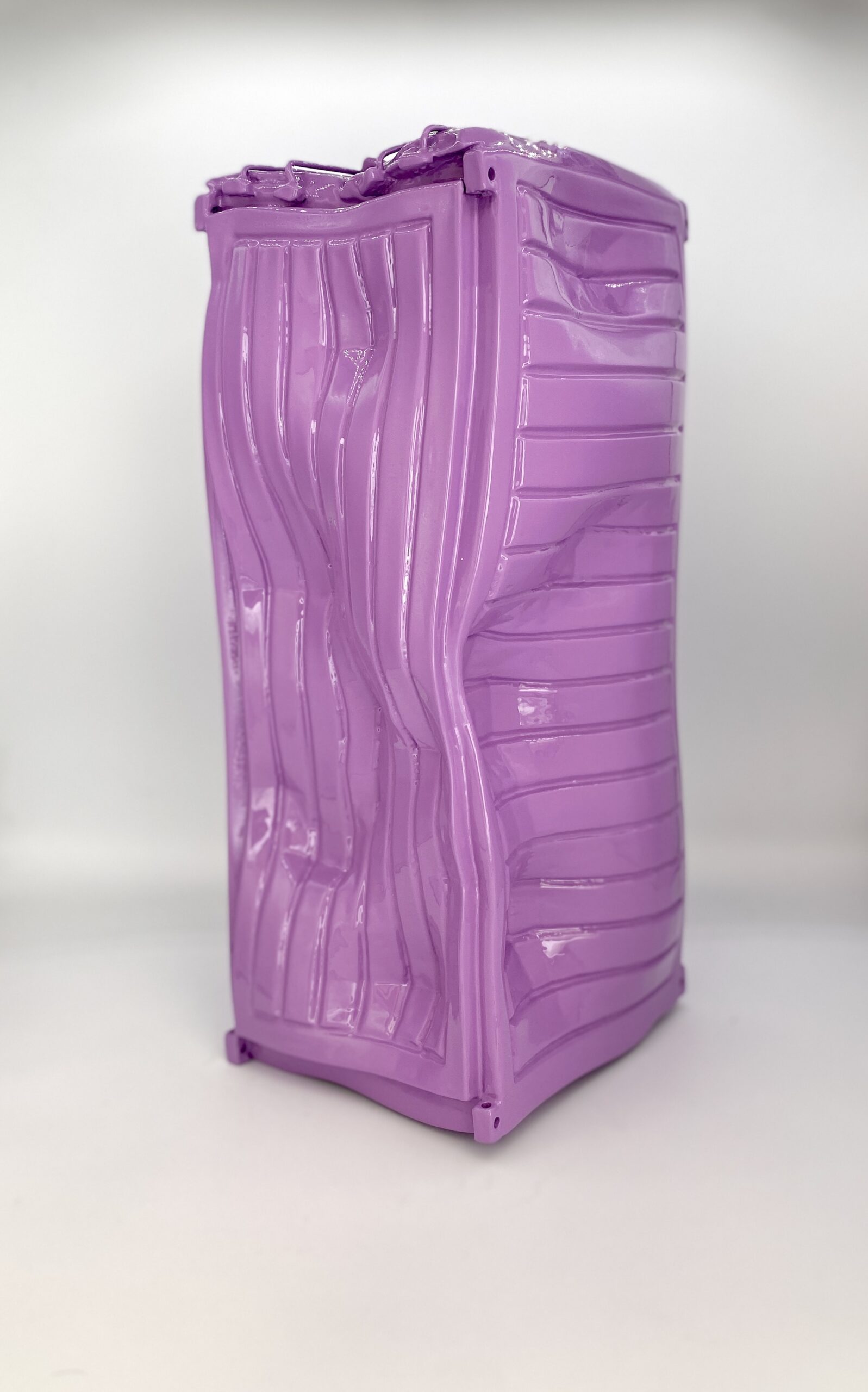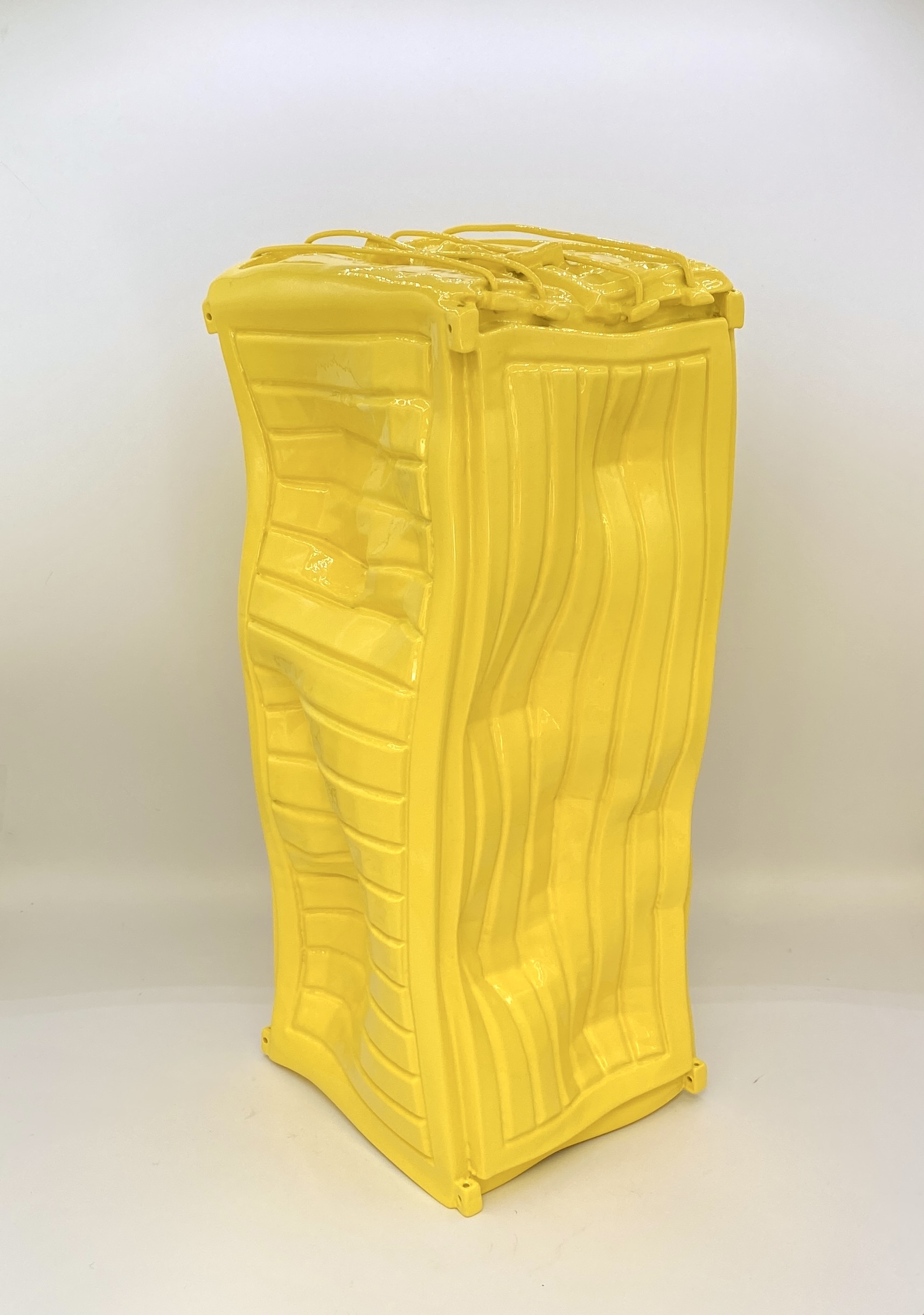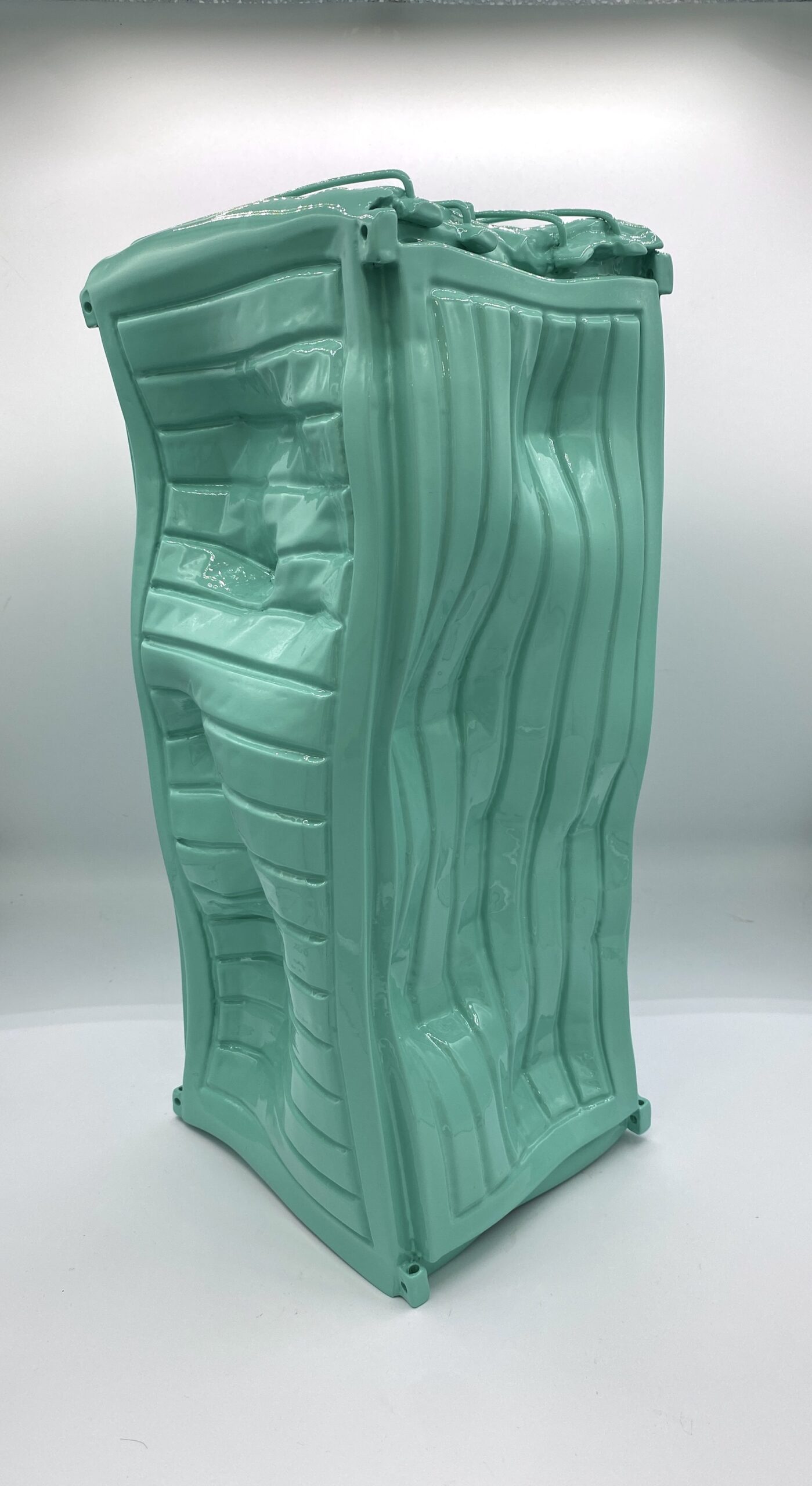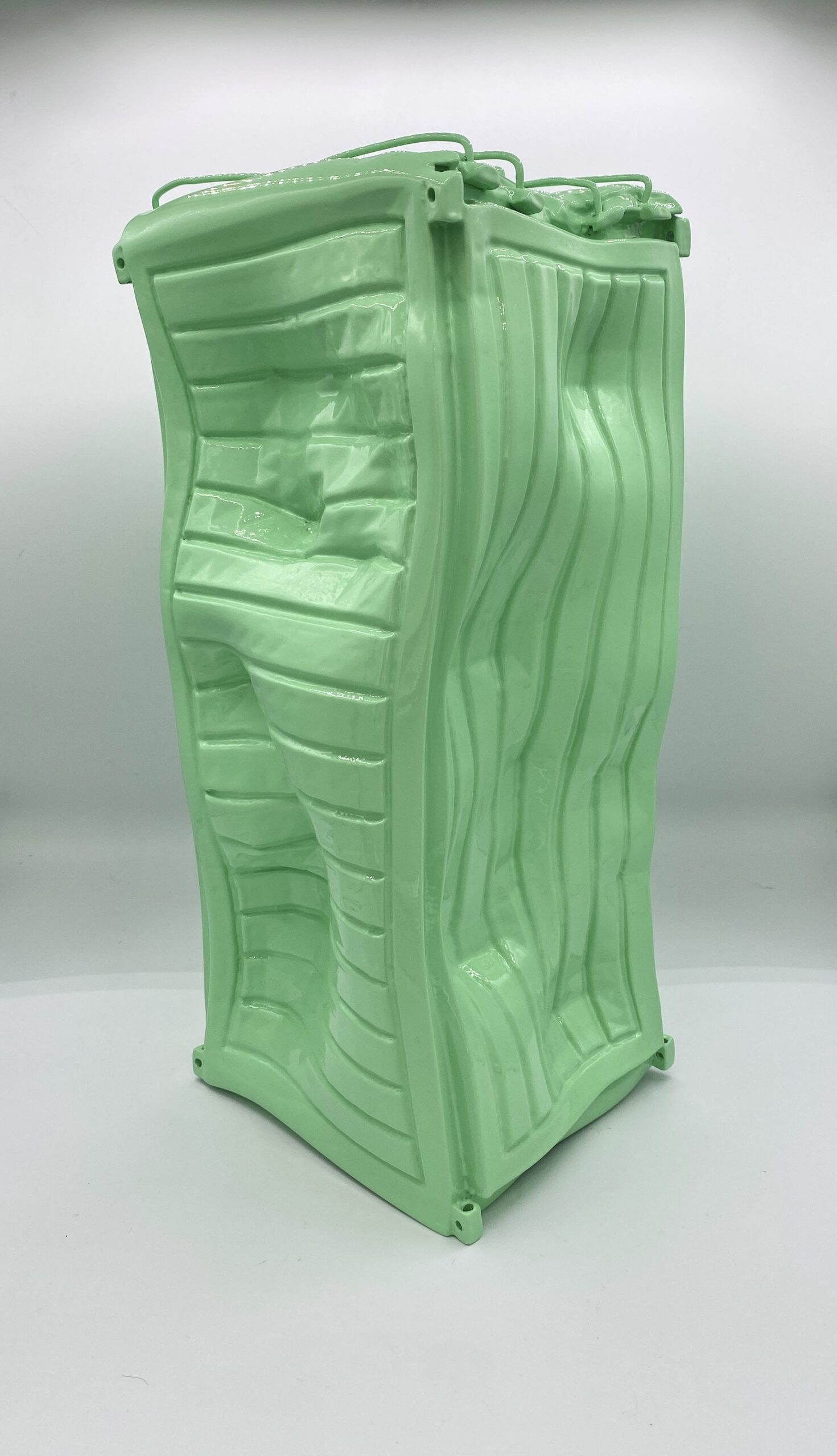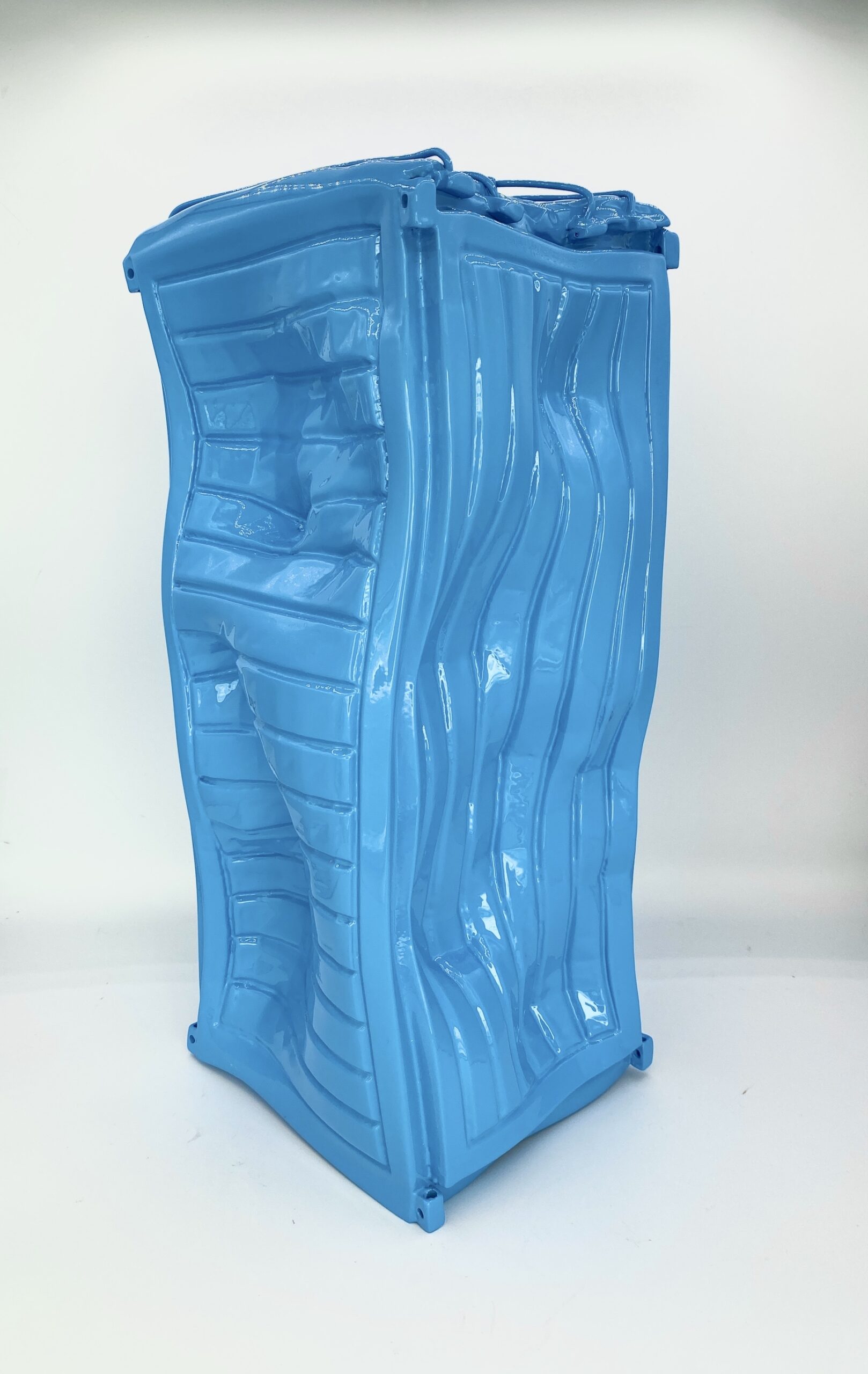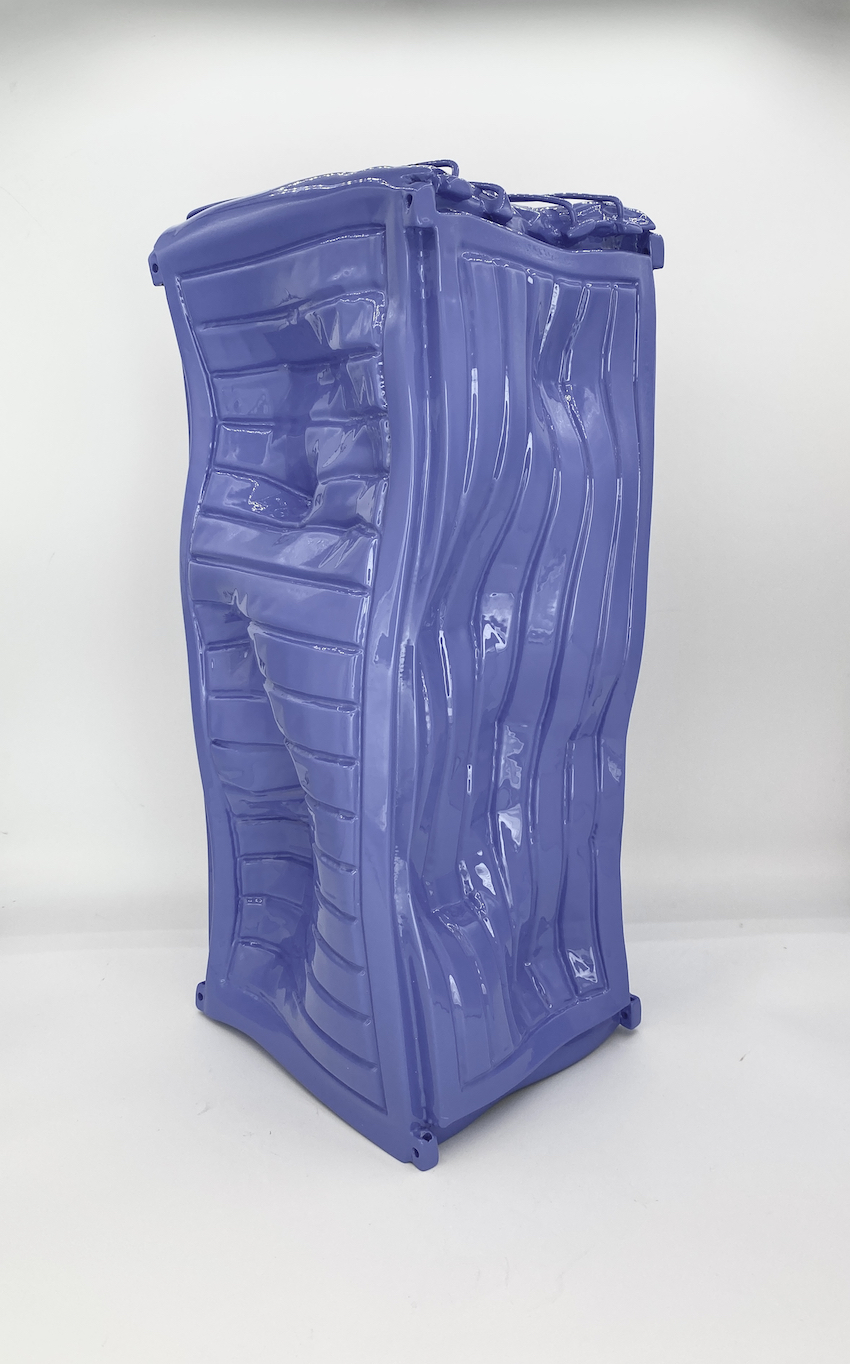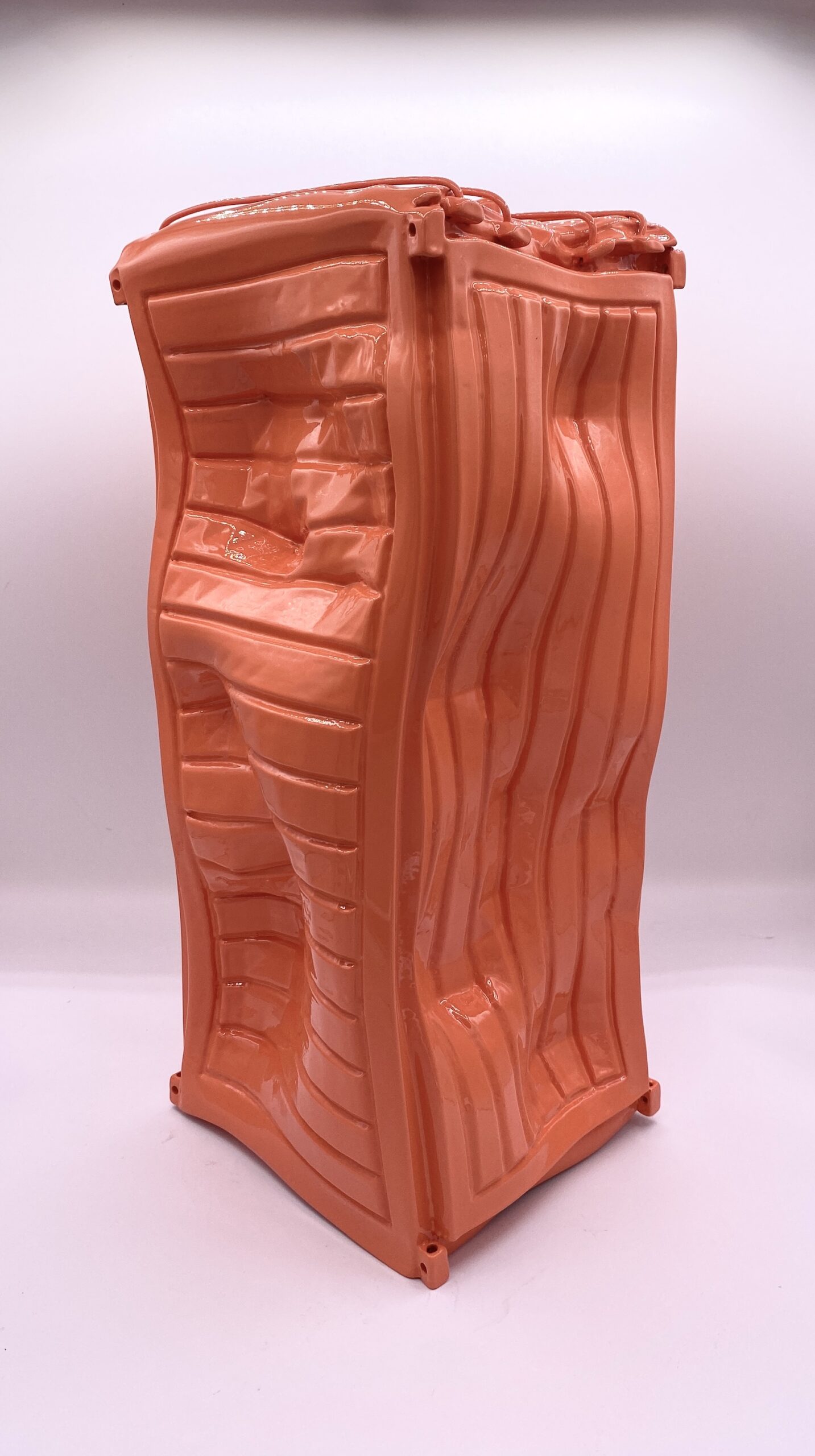Æquo is a French artist duo made up of a man and a woman. Their atypical career path has been built up through encounters and totally self-taught.
Not really fans of Pop Art to begin with, their approach is in line with Warhol's, and they readily admit today that their sculptures definitely belong to this movement.
To understand Æquo's work, we need to go back to the emergence of Pop art, an artistic movement constructed as both a critical and consubstantial echo of the America of the 60s. The world had never before produced so many mass-produced objects. Pop Art was built with and against this ultraconsumerism, erecting into works of art the objects of the new everyday life: a tin of Campbell's soup, bottles of Coca-Cola or, the most direct shortcut, the dollars themselves, symbolizing the rise of capitalism and the need to achieve ever greater growth.
Æquo joins a similar philosophy through another shortcut: the container. Indeed, the container is THE vehicle of globalization, accounting for 90% of international goods traffic. Its history is fascinating, and the idea, born in the 50s, as simple as it is ingenious, has transformed the world in just a few decades, for better or for worse.
Malcolm Maclean didn't think he was revolutionizing the world and its way of consuming when he came up with the idea of not loading entire trucks onto ships, but only their cargo in metal boxes, in order to optimize space to the maximum.
It used to be unthinkable to see "made in Bangladesh" written on your T-shirt, to eat a hamburger made from Kansas beef or to use a Japanese electronic device. Indeed, transporting goods over long distances was far too expensive.
Every year, some 5,000 container ships load or unload more than 600 million of these metal cans in the world's ports.
Boxes filled with all kinds of products: clothes, motorcycles, televisions or cell phones, but also liquids, meat, fruit and vegetables. The container has become the symbol par excellence of our society. Campbell's soup is no longer the subject, but rather the tool used to transport it.
Æquo's sculptures are dented and battered. Even though they are made of resin, they give the impression of being made of metal, and we can't help but see in them a nod to César's compressions. A major figure of New Realism, César also shares a desire to appropriate modern industrial and urban reality.
The d'Æquo container simply takes on the role of mirror and holds it up to society. It's a way of looking at ourselves in a different way, of reflecting on an element that is so banal at first glance, but which contains so many questions about our present and our future.
The "Rainbow" series
Æquo's sculptures are very often numbered series of 8. The series symbolizes globalization and standardization, yet each sculpture is unique because it has a different color. This color palette symbolizes the cultural differences that need to be preserved. The container, which is essentially practical and unsightly, is completely overturned in its function through sculpture: it becomes both aesthetic and a carrier of messages and values.
